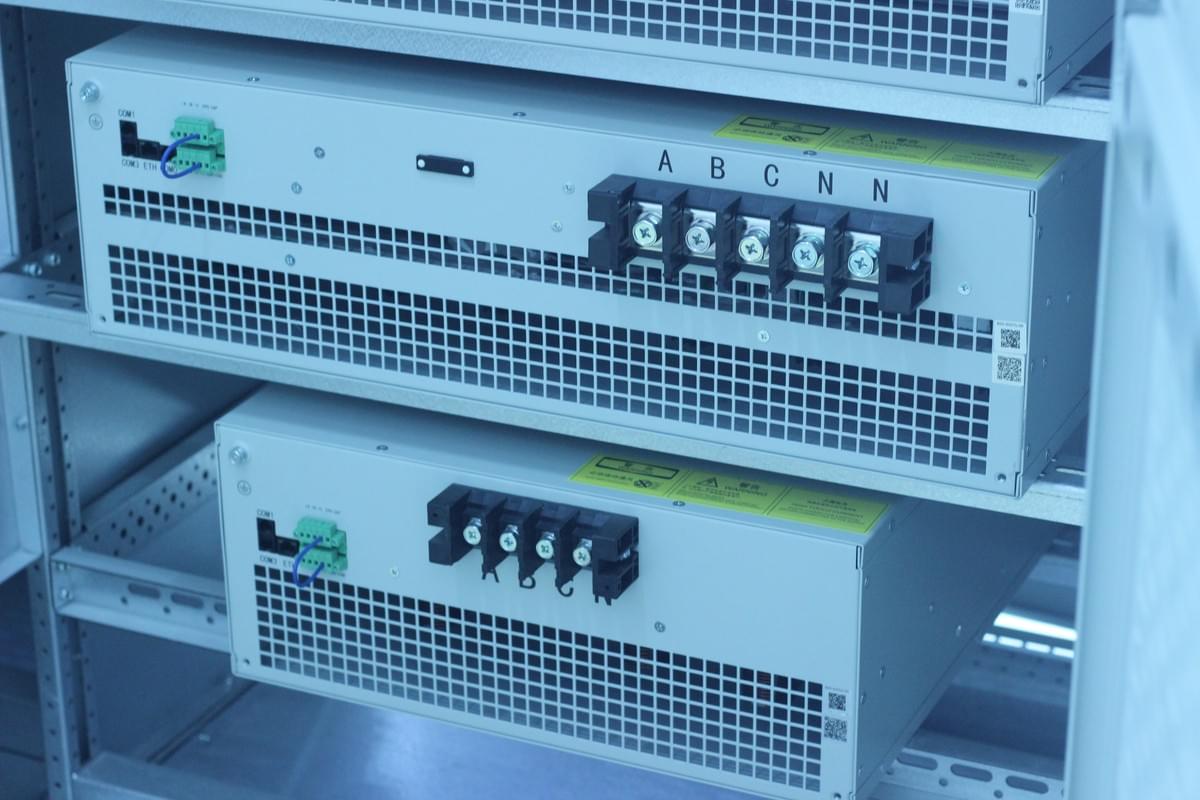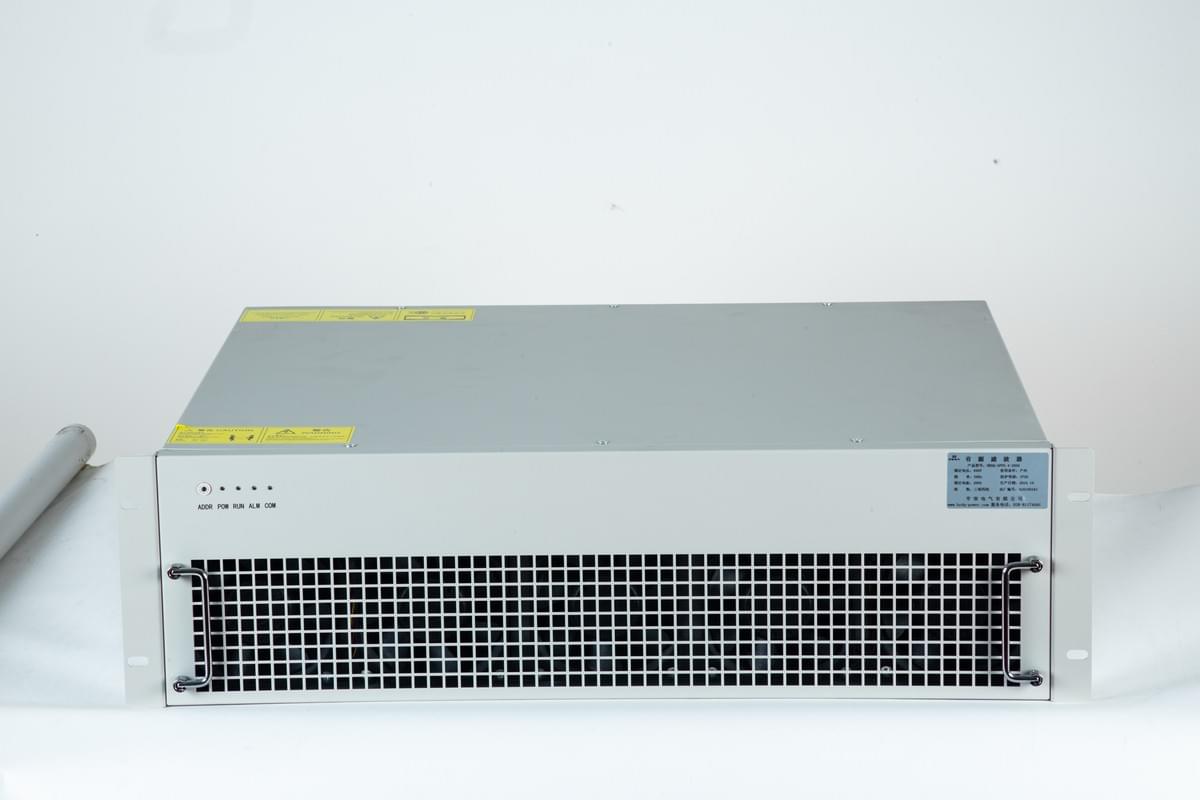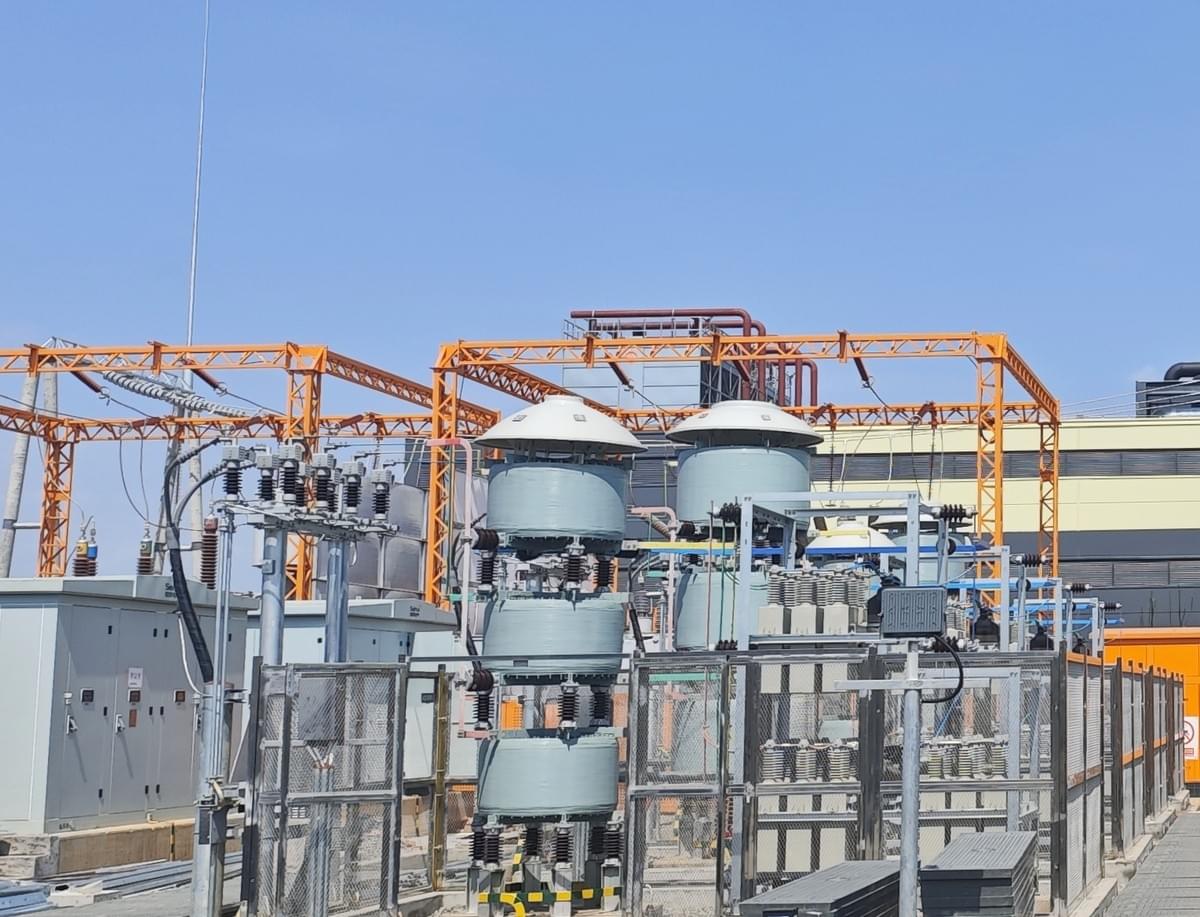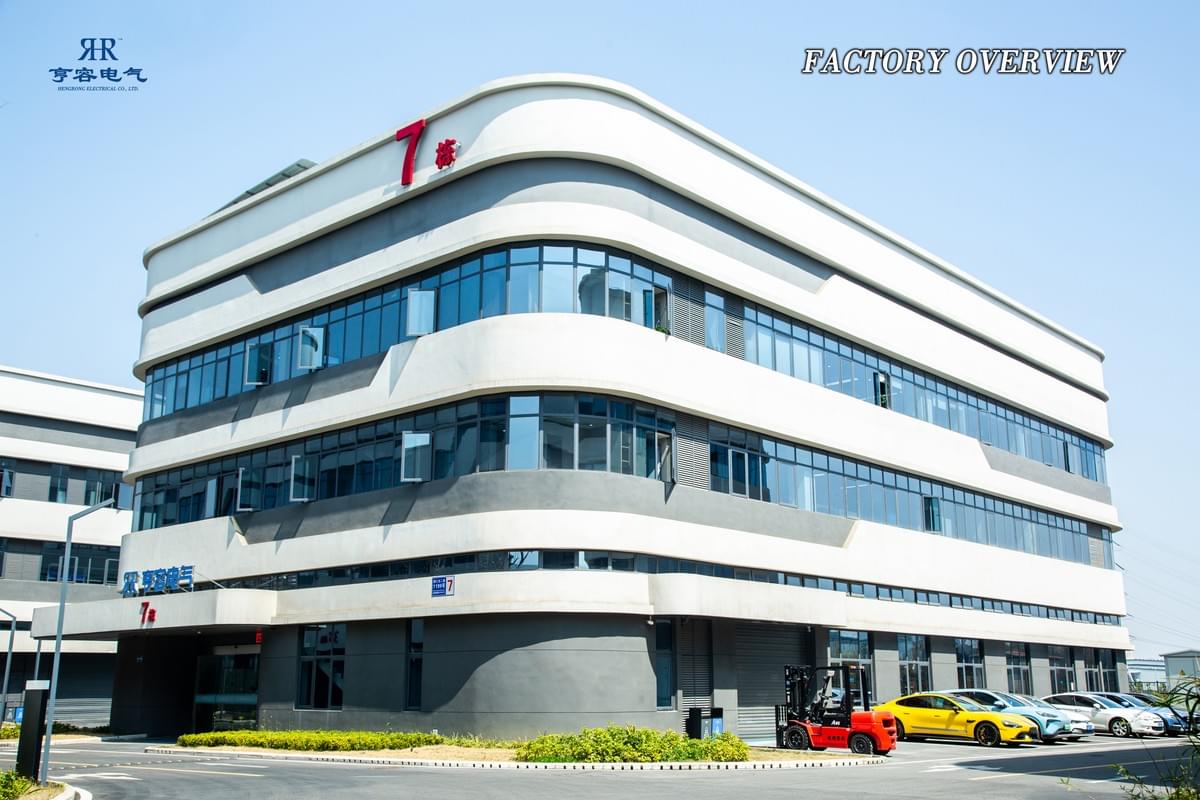
In modern industry and smart manufacturing, power quality issues are receiving increasing attention. With a large number of nonlinear loads connected to the grid, problems such as harmonics, voltage fluctuations, and reactive power demand continue to rise, posing challenges to the stable operation of power systems. At this point, the Active Power Filter (APF) has become the preferred solution for enterprises and grid operators to tackle power quality problems.
By using advanced detection and compensation algorithms, Active Power Filter (APF) can effectively suppress harmonics and compensate for reactive power, thereby improving the grid environment and enhancing equipment efficiency. This article, based on the latest research results, explains the value and future prospects of Active Power Filter (APF), covering its working principle, key technologies, and practical applications.
Working Principle of Active Power Filter (APF)

The core principle of the Active Power Filter (APF) is to use power electronic devices to detect and generate a compensation current with the same amplitude but opposite phase as the harmonic current in the system. This compensation current is then injected into the grid, canceling out the harmonic components and restoring the current waveform to an ideal sinusoidal form.
In traditional power systems, harmonics lead to equipment overheating, reduced efficiency, and even control failures. The Active Power Filter (APF) can actively track harmonic sources in the grid, generate counteracting compensation signals in real time, and ensure sinusoidal current. Compared with passive filters, APFs provide better real-time performance and flexibility, making them more suitable for today’s complex load environments.
Harmonic Detection Technology in Active Power Filter (APF)
Accurate harmonic detection is the foundation of effective compensation. Existing methods mainly include instantaneous reactive power theory (p-q theory) and d-q coordinate transformation methods. These techniques show good real-time performance but may suffer from reduced accuracy when grid voltage is unstable or load conditions are complex.
In recent years, artificial intelligence and neural networks have been introduced into Active Power Filter (APF) systems. For instance, the ADALINE neural network detection method learns and adaptively adjusts weights to quickly separate fundamental and harmonic components of the current, extracting the parts that require compensation. Combined with the improved Least Mean Square (LMS) algorithm, ADALINE significantly enhances detection speed and accuracy.
The advantages of this method include:
- High accuracy: Reliable harmonic identification in complex grids;
- Strong robustness: Adaptable to load variations and voltage fluctuations;
- Ease of implementation: Easily modeled and validated using tools like Matlab/Simulink.
System Structure of Active Power Filter (APF)
In practice, the shunt Active Power Filter (APF) is the most commonly used configuration. Its system structure typically consists of:
- Current detection module: Collects grid current signals in real time;
- Harmonic detection module: Separates harmonic components using ADALINE or p-q theory;
- Controller: Generates compensation commands based on detection results;
- Power converter: Converts DC energy into compensation current and injects it into the grid;
- Filter and protection circuits: Ensure stable operation of the system.
With this structure, the APF can respond to disturbances within milliseconds, keeping the source current close to an ideal sinusoidal waveform.
Advantages and Value of Active Power Filter (APF)
Compared with traditional passive filters, the Active Power Filter (APF) offers several notable advantages:
- Fast dynamic response: Real-time tracking and compensation of harmonics;
- Strong adaptability: Not restricted by grid parameters or load types;
- Wide compensation range: Capable of both harmonic suppression and reactive power compensation;
- Long lifespan: Free from aging issues associated with large capacitors and inductors.
For enterprises, deploying Active Power Filter (APF) means:
- Reducing equipment failure rates and extending the lifespan of motors, converters, and other devices;
- Improving production efficiency and lowering energy losses;
- Meeting national power quality standards and avoiding utility penalties.
Real-World Applications of Active Power Filter (APF)
The Active Power Filter (APF) has been widely applied in sectors such as manufacturing, data centers, rail transit, and renewable energy integration. Examples include:
- Manufacturing: Facilities with many nonlinear devices like inverters and welding machines face severe harmonic issues; APFs can significantly reduce energy losses.
- Data centers: Server clusters cause current distortion that requires precise compensation; APFs ensure continuous and stable power supply.
- Rail transit: Harmonics from traction systems can interfere with communication and signaling; APFs effectively mitigate these disturbances.
- Renewable energy: Wind and solar integration generates harmonics; APFs improve grid-connected power quality.
Simulation and Validation of Active Power Filter (APF) with ADALINE
In simulation platforms such as Matlab/Simulink, researchers have implemented ADALINE and feedforward MNN neural networks to evaluate APF performance. Simulation results show that:
- ADALINE can quickly extract fundamental current components and separate harmonics;
- The improved LMS algorithm enhances convergence speed and detection stability;
- Shunt Active Power Filter (APF) successfully achieved sinusoidal current restoration in simulations, demonstrating excellent compensation performance.
This provides strong technical support for practical engineering applications.
Future Development of Active Power Filter (APF)

- Intelligent control: Leveraging machine learning for adaptive control strategies;
- Modularity: Flexible deployment for enterprises of different sizes;
- High efficiency and low losses: Optimized power electronics to minimize energy consumption;
- Multifunctionality: Integration with energy storage and microgrids to improve overall system stability.
Conclusion
In summary, the Active Power Filter (APF) is not only the core solution for power quality management but also an essential enabler of smart manufacturing and green energy development. From precise harmonic detection to efficient compensation control and toward intelligent future designs, APFs show broad application prospects.
For enterprises, adopting Active Power Filter (APF) improves grid reliability, reduces energy costs, and ensures long-term compliance with power quality standards.

At Hengrong Electrical, we understand that every detail in power control matters. From advanced product design to innovative filtering solutions, we are committed to delivering reliable, efficient, and future-ready technologies. By choosing Hengrong, you gain more than just products — you gain a trusted partner dedicated to helping your business achieve smarter, safer, and greener operations.
